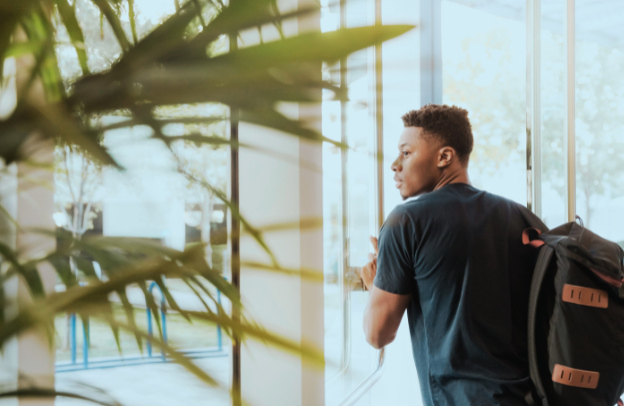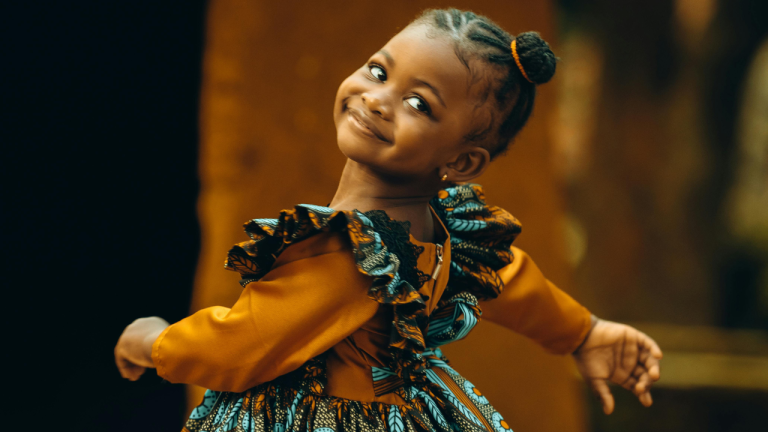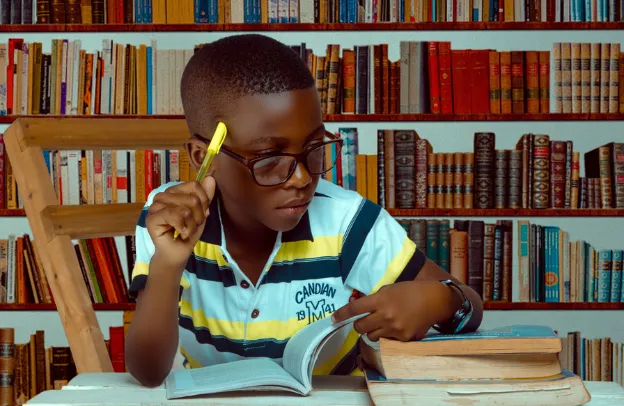Cultural Memory Techniques Enhance Learning: Embracing African Traditions for Educational Success

What if the key to success in the classroom isn’t in the latest app or textbook, but in the stories your grandmother once told? Across continents, from Lagos to London, Port-au-Prince to Paris, children of African descent are searching for more than just correct answers, they are searching for connection. And too often, in classrooms designed without their rhythms, languages, or stories in mind, they are left feeling invisible.
Learn How to Leverage Your Story through our Story To Asset Framework.
But what if the problem isn’t forgetting?
What if the real issue is how we are asked to remember?
In many African cultures, from the warm hearths of Esanland in southern Nigeria to the bustling markets of Accra, memory is not a task; it is a tool. A sacred practice. A bridge between the past and the future. Through songs, proverbs, folktales, and movement, generations have not only learned but remembered themselves into greatness.
During a recent presentation, Obehi Ewanfoh, founder of AClasses Media and host of the Obehi Podcast, reflected on his childhood in Esanland. He recalled the neighborhood games he played with other children, games that sharpened his memory without ever being labeled “educational.” “They weren’t called memory games,” he said with a smile, “but they trained our minds better than most classrooms ever could.”
These traditions weren’t accidental; they were intentional, woven into everyday life. And today, they offer more than nostalgia: they are a roadmap. A way for children everywhere, from Lagos to London, Benin to Brooklyn to move from forgotten to focused, from silent to self-assured.
Memory Is Power: Reclaiming the Treasures Within
Imagine memory as a sacred chest inside every child, waiting to be filled with stories, wisdom, and wonder. When we treat memory not as a test but as a practice, we unlock not just academic success, but confidence, curiosity, and cultural pride.
Here are three powerful ways to boost children’s memory, rooted in cultural relevance, emotional connection, and joyful practice:
1. Turn Stories Into Learning Tools
Children remember best when lessons are wrapped in storytelling. Whether it’s a traditional folktale, a family history, or a parable with a moral, stories activate imagination, emotion, and connection. Ask children to retell the story in their own words, act it out, or illustrate it. This doesn’t just improve memory—it deepens understanding and builds communication skills.
2. Use Rhythm, Repetition, and Song
Songs, chants, and rhythmic games embed information through repetition and melody. This method mirrors traditional African memory techniques where important lessons were passed down through music. Use this approach to teach everything from multiplication tables to cultural values. When children sing what they learn, they store it longer and recall it faster.
3. Connect Learning to Identity
Memory thrives when children see themselves in what they’re learning. Use local proverbs, community knowledge, and cultural examples to make lessons personal and relevant. When a child feels proud of their heritage, they become more engaged and more likely to remember. Memory, in this way, becomes not just cognitive, but emotional and spiritual.
See also Building Cultural Understanding: How African Diasporans Can Participate in Africa’s Rich Traditions
Too often, children struggle in school not because they lack intelligence, but because their learning environment does not speak their language, literally or figuratively. They forget because the teaching is disconnected from how their brains and spirits were wired to learn.
But memory, when rooted in African pedagogy, is embodied. It moves. It sings. It feels. Harvard brain research confirms what African elders have long known: emotionally charged, rhythmic, and story-based experiences enhance memory retention.
This is not just good teaching. It is an ancestral genius.
Esanland and the Living Classroom
In Esanland, memory is woven into the very air. Children grow up surrounded by itan, the Esan word for folktales or proverbs which are told under moonlight, by firesides, or during communal cooking. These stories are not idle entertainment. These itan carry lessons in wisdom, language, science, and morality.
A tale of a clever tortoise teaches patience. A riddle about the rain introduces ecology. A proverb whispered by an elder becomes a moral compass.
And here’s the beauty: children don’t even know they’re being taught.
By listening, repeating, and retelling, they develop focus, language skills, and cultural fluency.
Guided by the Ancestors: African Principles of Learning
Our traditions offer more than nostalgia. They offer a map.
- Sankofa – “Go back and fetch it”: This Akan concept reminds us that the path forward begins by reclaiming what was left behind. When children learn their family’s stories or their community’s history, they anchor their identity. And from that anchor, they can soar.
- Ubuntu – “I am because we are”: This Southern African philosophy teaches that memory is strongest when shared. When children teach each other songs, practice oral storytelling, or reflect together, they are not just remembering their belongings. And in belonging, they focus.
Memory, then, is not just cognitive. It is communal. It is cultural. It is transformative.
See also Osun-Osogbo Festival 2025: A Sacred Journey into Yoruba Spirituality & Heritage
Reimagining the Classroom: Memory as Method
We do not need more gadgets to help children succeed. We need to remember what we already know. Here are timeless, accessible ways to bring African memory traditions into today’s classrooms:
- Story Circles: End the day with each child retelling what they learned in story form. It strengthens comprehension and builds narrative confidence.
- Call-and-Response Rhythms: Use voice, rhythm, and repetition to teach math facts, spelling, or history. This echoes African oral traditions and energizes the learning space.
- Memory Mapping: After a story or lesson, children draw the sequence of events. This taps into both visual memory and creative expression.
- Proverb of the Week: Introduce one African proverb, such as “Wisdom is like fire. People take it from others.” Invite students to interpret it. It fosters moral reasoning and recall.
- Learning Through Movement: Integrate clapping, dance, or hand gestures into lessons. According to the Global Partnership for Education, kinesthetic learning dramatically boosts focus and retention in young learners.
When Memory Sparks Belief
Picture a child who always sits at the back of the class, unsure, unheard. One day, she raises her hand, not to answer a question, but to share a story her grandmother once told. Her classmates listen. Her teacher smiles. She stands a little taller.
In that moment, she remembers more than a story; she remembers herself.
This is the power of memory.
Not just to recall, but to restore.
UNESCO research shows that children learn best in ways that reflect their culture and language. When memory practices from home are honored in the classroom, children don’t just succeed—they transform.
The Family as First School
In Esanland and across the African continent, learning begins not in schools, but in the home. Parents, grandparents, and aunties are all memory-keepers. They are teachers without titles.
When schools invite families to share songs, proverbs, or stories, they are not just including parents; they are restoring heritage as pedagogy. They are saying: “Your story matters here.”
See also Osun-Osogbo Festival 2025: A Sacred Journey into Yoruba Spirituality & Heritage
Let the village raise the child and let the child lead the way.
A Future Rooted in Remembering
We often chase innovation in education, thinking the newest tool will fix what’s broken. But maybe, just maybe, the most radical path forward is the oldest one we know.
Memory—as honored in African tradition—is not about memorizing facts. It is about grounding children in who they are, where they come from, and what they are capable of becoming.
When a child remembers their name, their story, their song—
They do more than focus.
They rise.
Let the Children Remember
To every educator, parent, or mentor reading this:
Don’t underestimate the quiet power of memory.
In every child is a library of untold stories.
In every home is a classroom of song and wisdom.
Let us awaken them.
Because from remembering comes resilience.
From connection comes confidence.
And from our roots comes our future.
Learn How to Leverage Your Story through our Story To Asset Framework.






